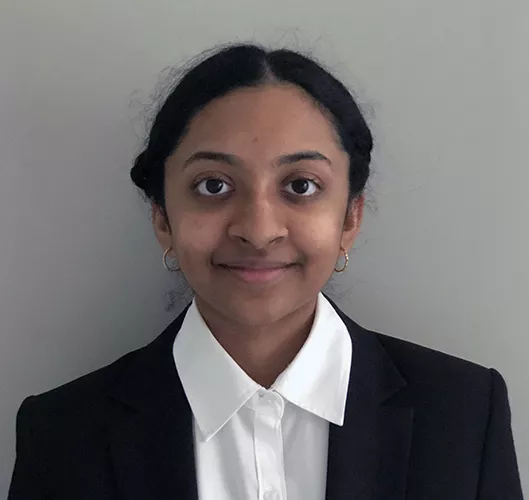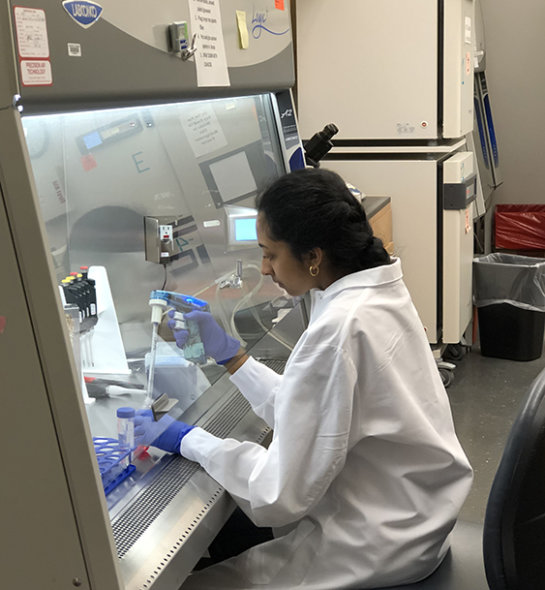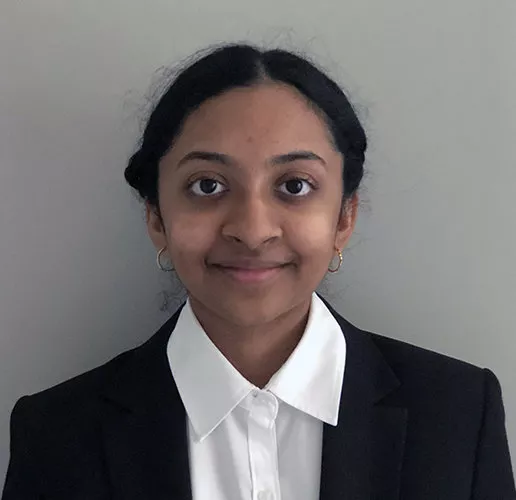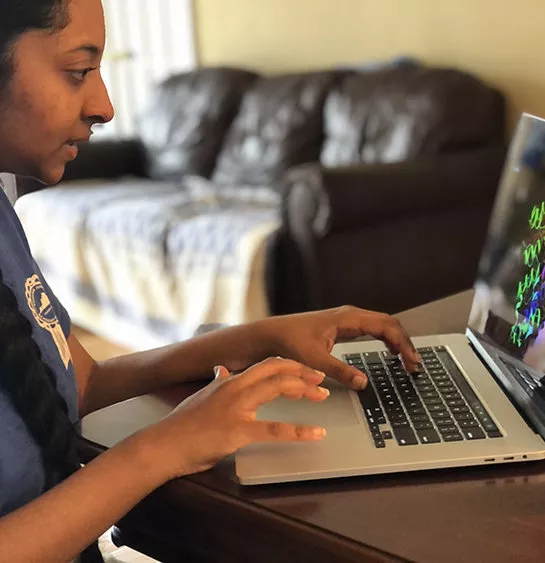Deeper Dive
I discovered that fluoxetine, a widely prescribed anti-depressant medication, could be repurposed to treat dry macular degeneration, a form of blindness that has no effective therapies. My innovative and interdisciplinary approach has high impact and broad implications as it not only has the potential to prevent blindness in tens of millions of people worldwide, but it also promises to reduce the societal financial burden of macular degeneration by billions of dollars per year. Repurposing an existing FDA-approved drug for a new disease, one that presently cannot be treated, can be transformative for the 200 million people around the world who are afflicted with dry macular degeneration. Vision is, arguably, our most important special sense. An enormous portion of our brain activity is devoted to processing visual information. After performing research for a school project, I was astonished that there is a plethora of diseases that affect our vision, many of which have no cure. Specifically, I learned of a disease called dry macular degeneration that affects 200 million people yet has no FDA-approved treatment. The thought that millions of people were suffering from blindness was too much to bear. I could not imagine a life where I could not see my loved ones or experience life the way most do. Therefore, I started reading scientific literature on macular degeneration, determined to find a sliver of hope that scientists would be making breakthroughs in finding a remedy. I was taken aback to learn that more than a hundred clinical trials had been conducted but none succeeded. Despite decades of research and development costing billions of dollars, dry macular degeneration remains an unsolved problem. I believed that there had to be a way to expedite the clinical trial process in order to discover an effective treatment for patients as soon as possible. So, I resolved to perform research on this debilitating disease and contribute to the search for a therapy. Pursuing science in a research lab had been a dream of mine for several years, and I was incredibly grateful to find a mentor who studied dry macular degeneration and was willing to foster my growth as a scientist as well as educating me on how to work in a lab. I devoted over 20 months to this project, conducting research after school, on weekends, holidays, and summer breaks.
Learning molecular biology, biochemistry, and biostatistics was quite challenging. It took me several months to become sufficiently proficient, with the generous teaching of my mentor, Dr. Bradley Gelfand, and his lab at the University of Virginia. It was also challenging to balance school work with maintaining progress on the research project. To overcome these challenges, I improved my organizational and time-management skills. In the summer of 2020, I was unable to continue the wet lab phase of my project and fully investigate specific biological processes. Once COVID-19 came on the scene, I pivoted to doing health insurance database analyses, biostatistical analyses, and computational molecular modeling, all of which I could do from home.
My work has the potential to affect millions of lives, potentially providing a preventative treatment so that millions can avoid blindness due to this horrific disease.



